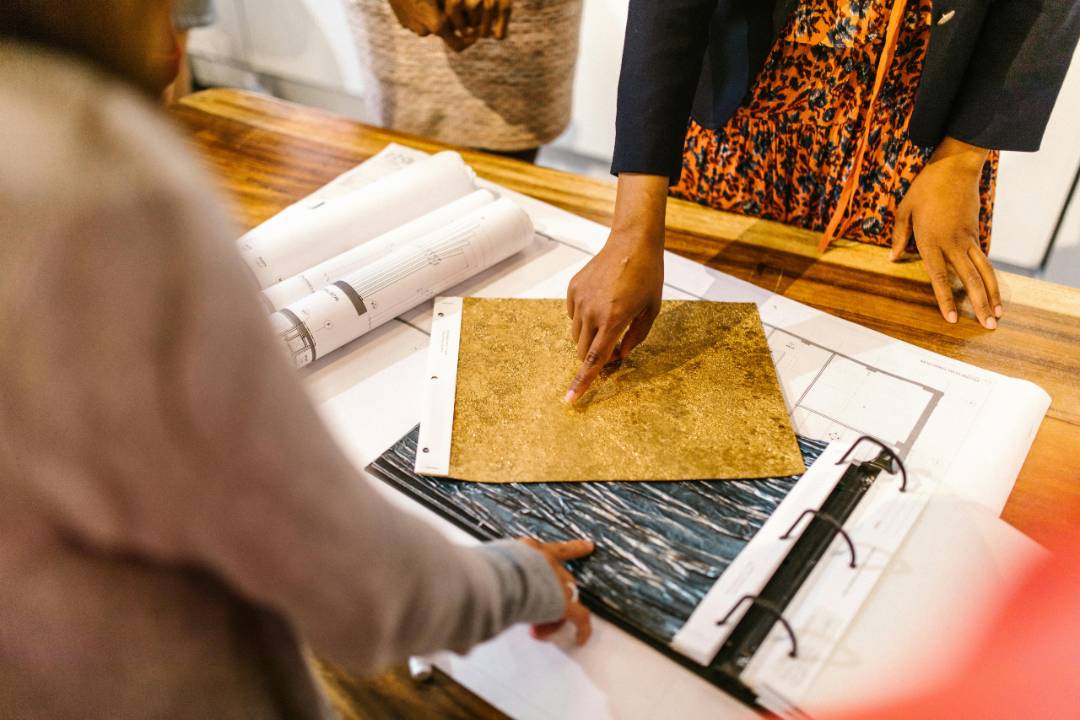
From Concept to Reality: Effective Project Management for Curators
#Career Development #Project ManagementCurators are often seen as storytellers and connectors, bridging ideas, artists, and audiences. But behind every compelling exhibition or public program lies the often-overlooked craft of project management. The leap from concept to reality can feel daunting, especially when juggling the demands of creative vision, logistical coordination, and resource constraints. Yet, project management isn’t just a necessity—it’s a tool for unlocking potential, and keeping creativity alive while navigating real-world constraints. By developing a nuanced approach to managing projects, curators can ensure their ideas have impact and resonance.
Lay the Groundwork: Articulating the Vision and Building Relationships
Every curatorial project begins with an idea, but translating that idea into something tangible requires clarity and collaboration. Start by articulating your project’s core intention—what story are you trying to tell, and why does it matter now? Once your vision is clear, focus on building a network of collaborators who can bring it to life.
The France Museums Project Management Expertise offers insight into how strong foundations and strong relationships with collaborators can determine a project’s success. For curators working with institutions, artists, or local communities, this means fostering relationships built on mutual understanding and shared goals.
Tip: Keep everyone on the same page through open, consistent communication. Sketch out a simple collaborators diagram to clarify who’s involved and what they’re responsible for—it’ll save time and prevent confusion later.
Structure Meets Flexibility: Planning for Creativity
Planning might sound antithetical to creativity, but the two go hand in hand. A strong plan gives your project structure while leaving room for serendipity. Instead of rigid frameworks, use tools that allow for flexibility—Gantt charts, task boards, or even simple whiteboards can help you track progress while adapting to creative shifts.
As Public Art Services points out, creative projects often require bespoke approaches to timelines and budgets. For example, working with freelance artists or smaller collectives might call for more flexible payment structures or adjusted deadlines.
Tip: Don’t aim for perfection in the first draft of your plan—projects evolve, and so will your roadmap. Keeping your planning process adaptive will save you headaches later.
Problem-Solving in Real Time: Navigating the Unexpected
Things rarely go as planned in curatorial work. An artist misses a deadline, a sponsor pulls out, or a venue’s availability changes. The key is embracing these challenges as opportunities to think creatively. Contemporary Lynx’s interview with Valentina Peri underscores the importance of flexibility, especially when working across disciplines or geographies.
Rather than being derailed, take a step back and revisit the project’s core goals. What’s essential, and what can shift? Building contingency into your timeline and budget will help you respond to setbacks without losing momentum.
Tip: Check in with your team regularly to surface problems before they escalate. A WhatsApp group or weekly Zoom check-in can make a big difference in keeping communication flowing.
Closing the Loop: Reflecting and Evolving
Evaluation isn’t an afterthought—it’s a crucial part of the process. Once your project is complete, take time to reflect. What worked? What didn’t? Gathering feedback from your audience, team, and collaborators can provide valuable insights for future projects.
Interviews like Michiel Vandevelde’s in On Curating highlight the value of post-project reflection for evolving curatorial practices. This could be as simple as an informal team debrief or a more structured evaluation with audience surveys.
Tip: Document your lessons learned. Even a short write-up can serve as a resource for your next endeavor—and help others learn from your experience.
Summary
Curatorial work is inherently creative but often constrained by the realities of budgets, timelines, and expectations. By mastering the art of project management, curators can transform their ideas into meaningful, impactful projects. Whether you’re planning your first exhibition or tackling a large-scale collaboration, these project management strategies will help you bridge the gap between vision and reality—without losing sight of your creative voice.
Download our Curatorial Project Management Template
This Curatorial Project Planner Template is designed to guide you through the key stages of project management, from the initial concept to the final evaluation. By breaking each section into focused steps, this planner helps ensure your project stays aligned with your vision, goals and logistical needs.
Members can log in to access the template, and if you’re not a Member yet, take advantage of our free trial to explore this and other valuable resources.
Member Login Please sign in below if you are a returning Call for Curators member.
If you have not yet created your account, please register now and join free for a week. Cancel anytime.This content is restricted to members only.
Photo by RDNE Stock project








